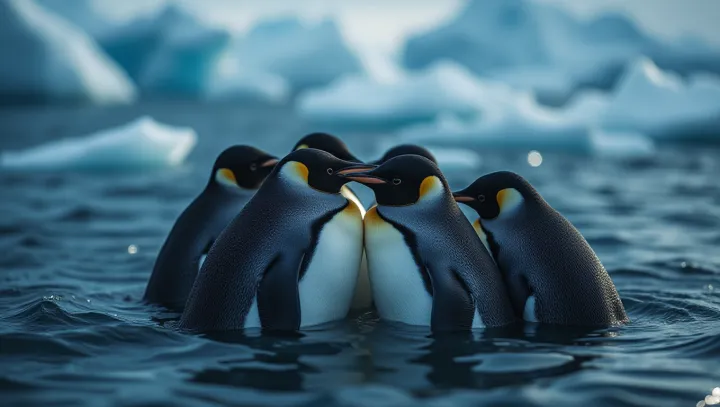How Penguins Conquer Antarctic Cold

In the frigid waters surrounding Antarctica, penguins, particularly the Emperor Penguin, have developed remarkable adaptations to withstand extreme cold, a feat that continues to intrigue scientists. These birds, native to one of the most inhospitable environments on Earth, have evolved mechanisms that provide crucial insulation against freezing temperatures. Key to their survival is a unique combination of physiological and behavioral strategies.
According to Dr. Sarah Collins from the Antarctic Research Institute, 'Penguins possess a dense layer of fat beneath their skin, acting as an insulator against cold waters.' This fat layer is critical in maintaining body heat, safeguarding internal organs against the cold. Additionally, their feathers play a pivotal role.
Penguins' feathers are tightly packed and coated with a special oil, providing waterproof protection that prevents water from reaching their skin. Beyond physical attributes, penguins exhibit social behaviors such as communal huddling, where individuals congregate to share body warmth, reducing heat loss significantly. As climate change threatens their icy habitat, understanding these sophisticated adaptations is more crucial than ever.
Experts emphasize the importance of conserving these natural mechanisms, which could inspire innovative approaches to thermal insulation technologies for human applications.
